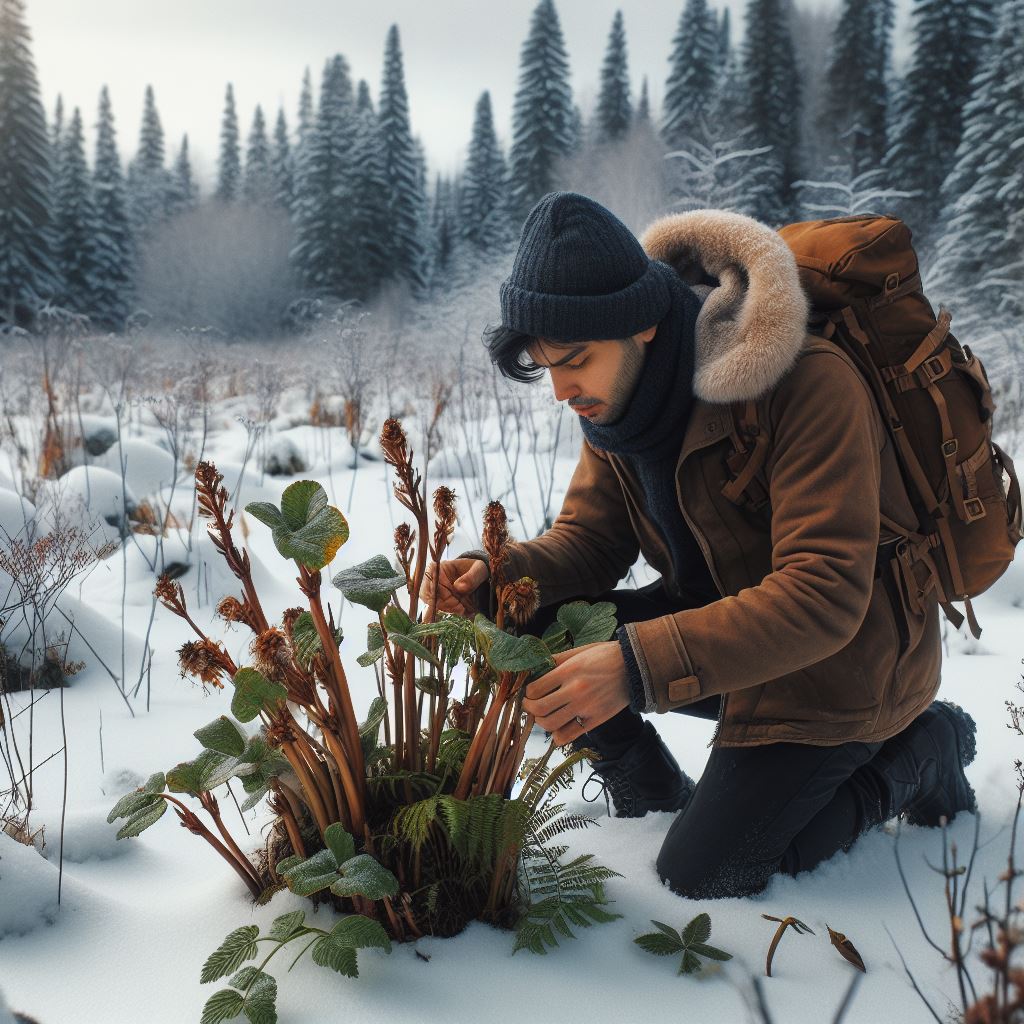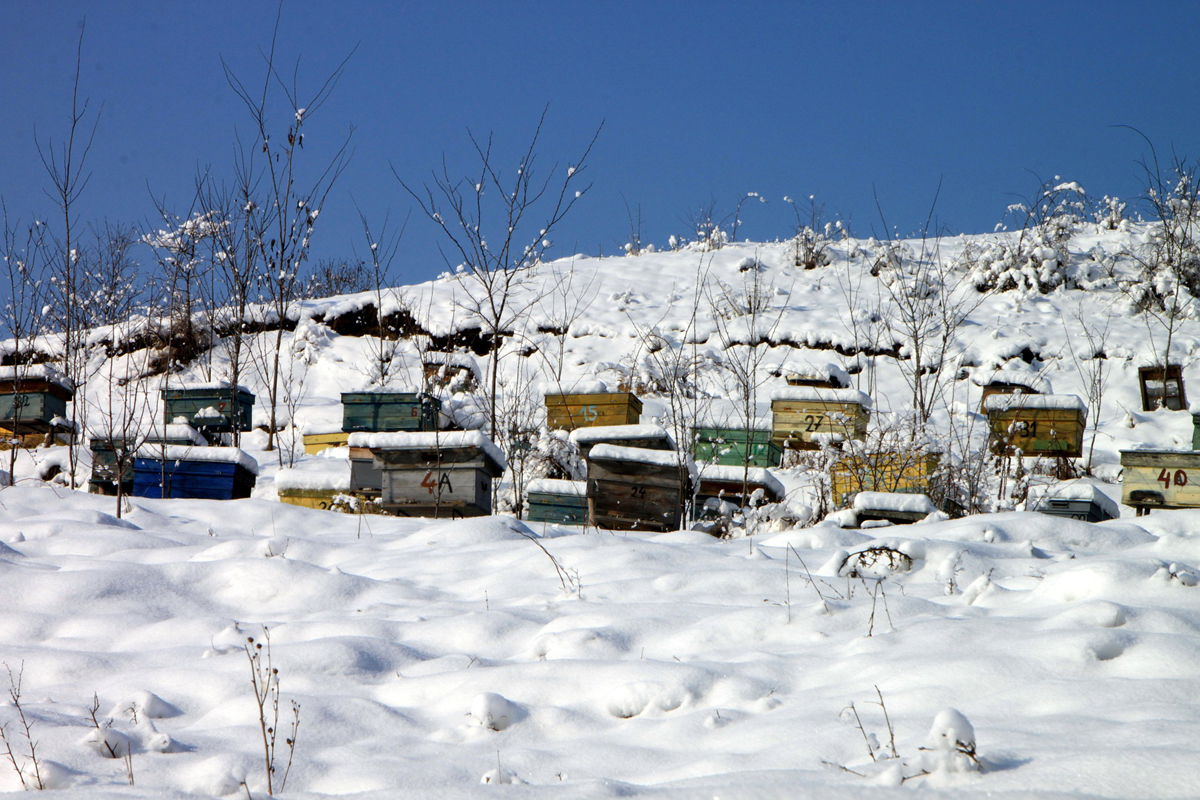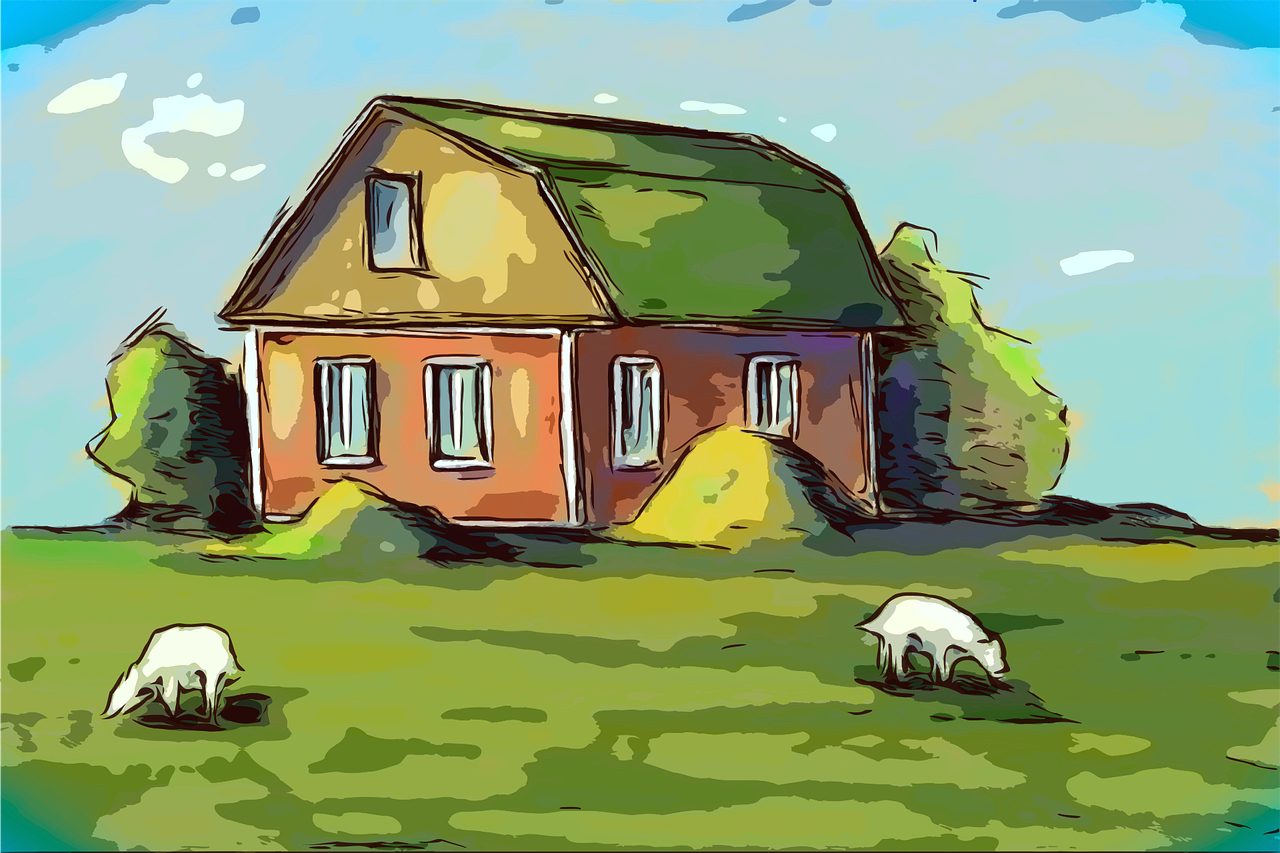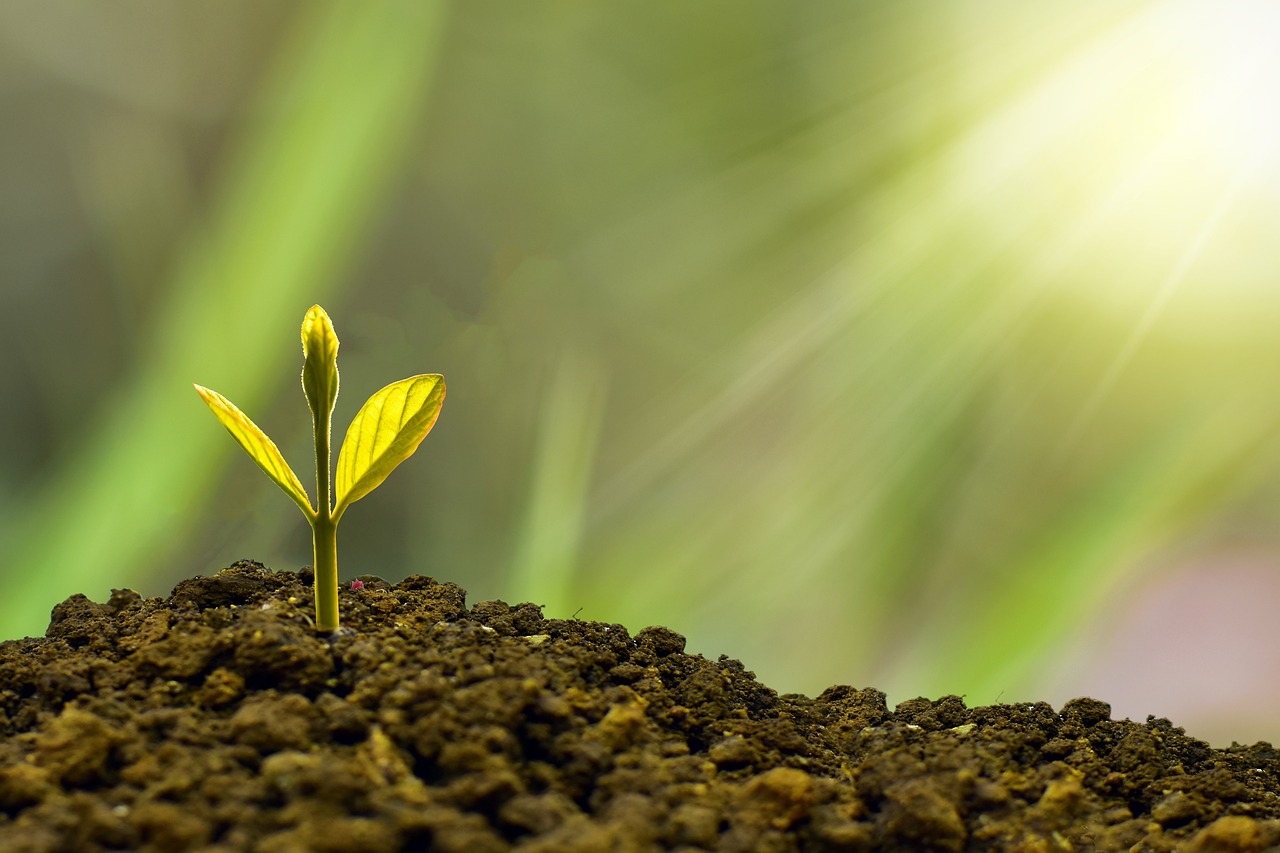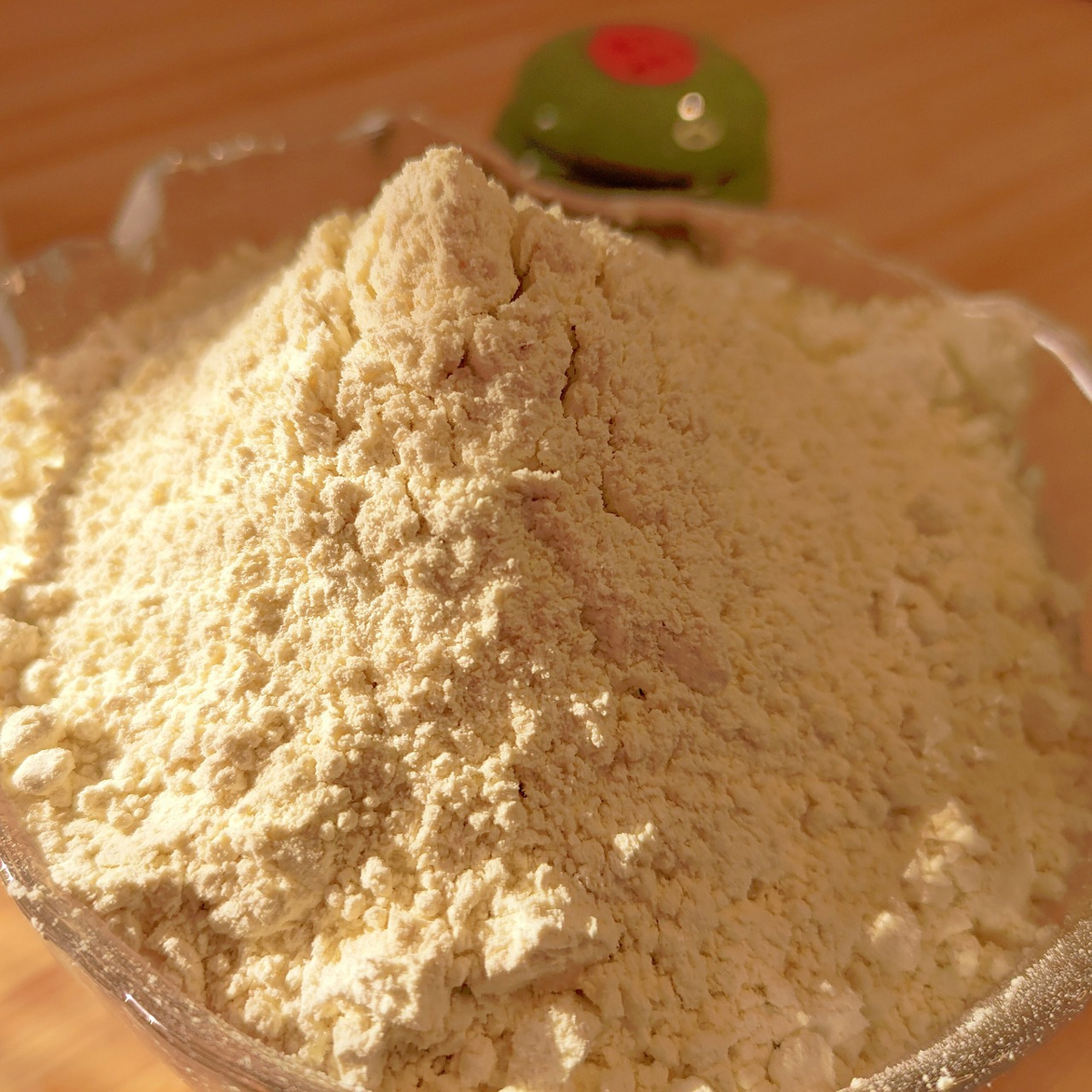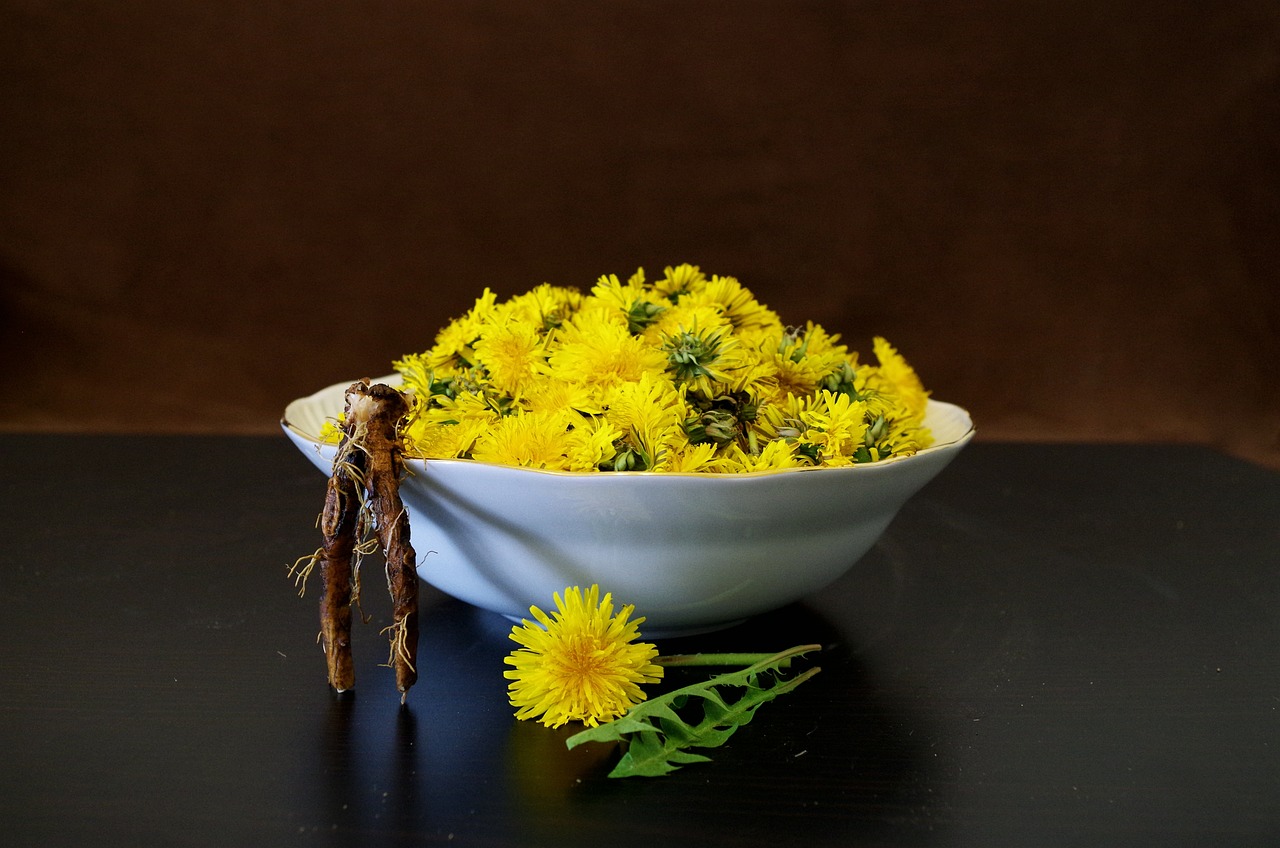Cattail Plants-The Supermarket of The Swamp
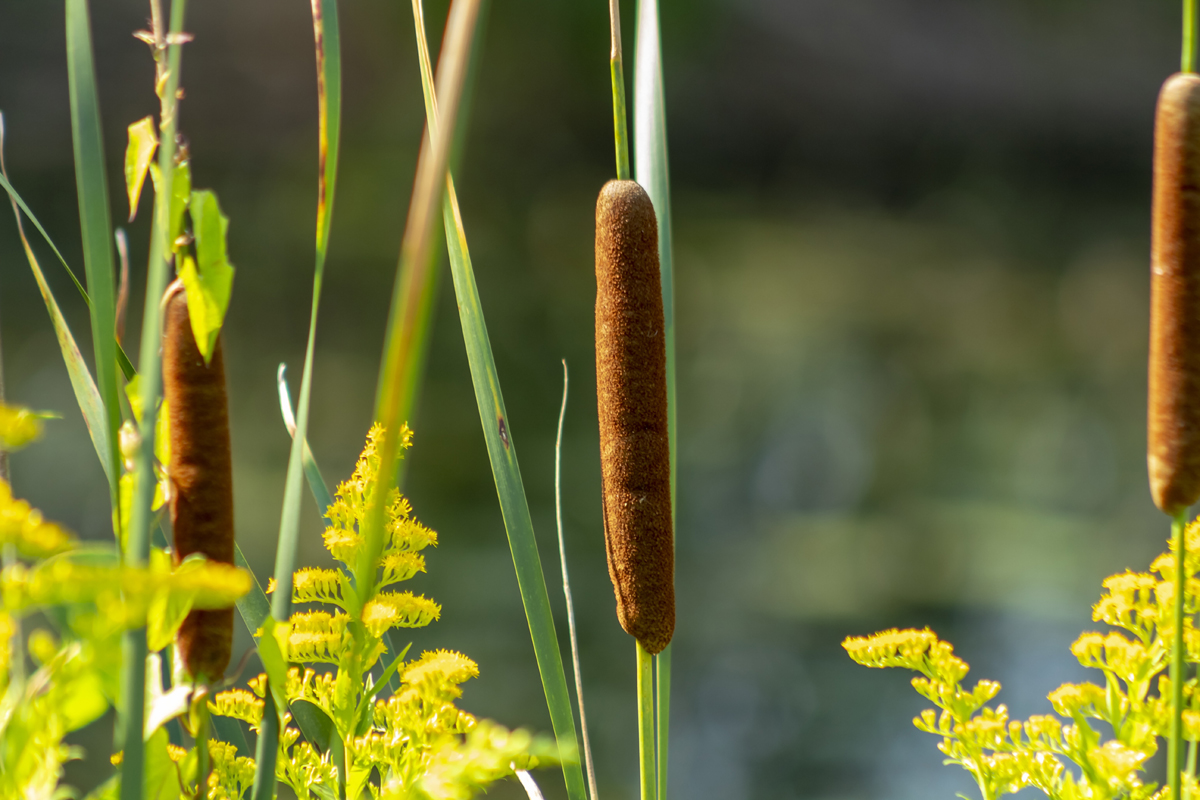
You may have noticed the cattail plant along the roadways near marshes and swamps. But, did you know that cattails are probably one of the most important wild plant foods around and definitely worth knowing about?
The uses of cattail are versatile, for every part has its purpose during different parts of the year. You can easily recognize a cattail plant. None of the lookalikes grows much more than a few feet tall, so by mid-spring, the much larger cattail becomes unmistakable. It’s easy to harvest, very tasty and provides a rich source of nutrients. A stand of cattails is as close as you will get to finding a wild supermarket for it has been dubbed: “the supermarket of the swamp” due to its variety of uses.
Cattail Shoots-The Edible Cattail!
In spring, as the cattail flower spike is developing, it can be tore off and eaten like corn on the cob. The cattail shoot has an odorless, tender, white, inner core that tastes sweet and mild. They taste like a cross between a tender zucchini and a cucumber, making it perfect to add to salads or sandwiches. If you add the cattail shoots to soup towards the end of cooking they will retain their crunchiness. They add a tasty flavor to stir-fries as well. The cattail shoot provides an excellent source of beta-carotene, niacin, riboflavin, thiamine, potassium, phosphorus, and vitamin C. It’s one of the best naturally wild vegetarian resources of protein, unsaturated fat, and it contain no calories. It also provides nutrient rich enzymes and minerals.
You can collect the cattail shoots after a period of dry weather. The ground may be a bit muddy so you will want to wait until the ground is more solid for better footing. Be sure to bring along a plastic baggie to collect the moist and sticky jelly. The jelly can be used on boils and burns later on. To increase your harvest, find a larger stand of cattails. The best yield is just before the flowers begin to develop. You will want to use both hands to separate the outer leaves from the core. After pulling the core out, peel and discard the outermost layer of leaves until you reach the edible part, which will be soft enough to pinch with your fingernail.
Cattail Leaves
In late spring when the bases of the cattail leaves are young and tender, they can be eaten raw or cooked. The raw form can be added to salads or sandwiches. The cooked form is similar to spinach but better tasting. The dried leaves can also be twisted into dolls and toy animals for children, very much like the corn-husk dolls found in the market today. Cattail leaves have been found on thatched roofs, woven into decorative baskets and rugs, and have even been used for supports for the backs of chairs.
Cattail Rhizomes
The underground lateral stems called rhizomes, can be harvested from late autumn to early spring. They are starchy, like potatoes, and are unchewable so the starch must be scraped off or sucked from the tough fibers. An alternative method of harvesting is to tear apart the rhizomes, wash and dry them, then pound the fibers to release the starch within. Then sift. The starch is very sweet and tasty, a great energy rich food source, and can be eaten raw or added as a thickening agent when cooking. The buds attached to the rhizomes, are also edible and make a tasty cooked vegetable. Get a taste of the wild food by hunting for cattail in your area.
Pollen Nutrition
Cattails are plants that have flowers with both male and female parts. The male flowers form a narrow spike at the tip of a vertical stock. The male usually withers once the pollen has been shed. The pollen can be collected and used as a flour supplement or thickener for gravy and soups. You can also eat the pollen raw, sprinkle it in yogurt; mix it up in fruit shakes, oatmeal, or salads. People have paid an outrageous amount of money to obtain the pollen from health food stores. The commercial form of the pollen is sold in capsules but does not contain the flavor, energy content, freshness, nutrition, and price value like that found in the wild. The pollen is a great protein and energy source.
During its short season, the pollen can be collected on calm summer days so that your bounty is not scattered in the wind. Take the flower heads and bend it down so you can place a large paper bag over the top. Then gently shake it. After letting the pollen settle and sifting out the debris, you can then use the pollen to add to whole grain flour for baking breads, muffins or pancakes.
Cattail Candle
After the pollen has been removed, the cattail is no longer edible. You can then dip the brown flower heads in wax and use the stem as a slowly burning candle. The smoke will drive away the insects.
Cattail Seeds
The large numbers of tiny female cattail flowers form dense cigar-like spikes on the stem just below the male spikes. When ripe, the heads disintegrate into a cottony fluff, leaving the seeds to blow in the wind. The female part must remain connected to the rest of the plant until the seeds have matured and dispersed. But beware, the plant’s airborne seeds have been known to irritate the skin and can trigger asthma.
Cattail Down
Cattails were a major staple for the American Indian. There was no need to cultivate the cattail, for the Indians found it in such great supply. They used the “down” to line moccasins, for bedding, diapers and baby powder. One Native American word for cattails meant “fruit for papoose’s bed.” The Indians also used cattails medicinally. They boiled the rootstock and used it as a diuretic for increase urination or used the jelly-like paste found between the young leaves for sores, boils, wounds, burns, scabs and inflammations. It was a major ingredient for smallpox pustules.
People today use the cattail down to stuff pillows and clothing items. Word of caution: when using the down of cattails-always use batting material to completely cover the down. The fluffy down may cause skin irritation.
Discovering cattails are always a sure sign of water. Their microorganisms have been known to improve water and soil quality. Scientist are now experimenting with the cattail to remove the poisonous elements of arsenic from drinking water. This form of filtration system may be one of the only ways to provide cheap water filtration for developing nations. How incredible is that!
The Author:
Kali S Winters is gardening enthusiast and author who spends much of her time teaching others how to setup and maintain beautiful, amazing gardens.
Photo.
Source: Ab

